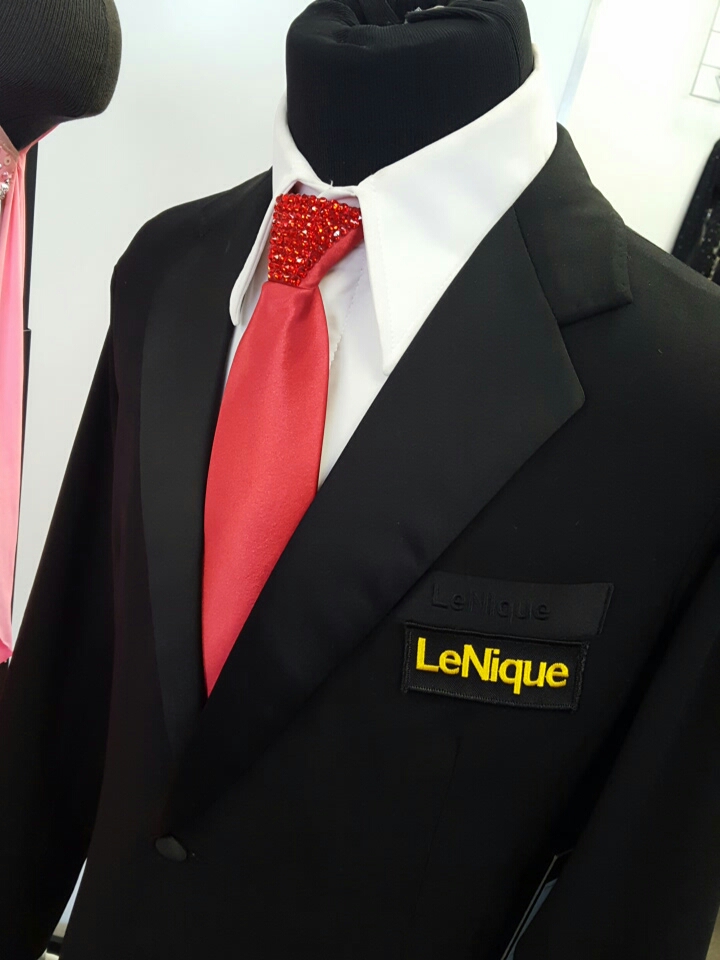This week on Life with LeNique Nick and Lena Kosovich answer all your questions about purchasing your first dance costume!
Thank you, Chris Lynam for sending us these questions!
- What are 5 things to look out for when considering a dance costume?
- What are the advantages of going with a custom design versus to a ready to wear?
- What to look for when purchasing a used costume?
- What are some costume options for a full figured dancer?
Take a look below to see how Nick and Lena answer from their own experience!
What are the Five Most Important Things to Look for When Considering a Dance Costume?
1) Talk to a teacher or studio owners to get recommendations.
Do not purchase online or used costumes without consulting a professional.
2) Make sure to check that the size, age, and style*
*There is a big difference between ballroom and latin styles
3) Bright colors are key.
A brown floor with spotlights and lighting will drown you out, so look for bright colors!
4) Keep your budget in mind.
5) Try on as many costumes as possible.
This will help you nail down your tastes. Also, bring someone who’s opinion you trust. They can help to critique and advise you on what looks best.
What are the advantages of going with a custom designed costume versus a ready to wear?
Custom
1) You will get what you want and what is recommended for you.
2) It will be close to a cut and color you need depending on what is important to you.
Stock
1) Are they for you? Do they fit your body type and color?
2) How much will the alterations cost compared to the price of a custom costume?
3) Are the materials still available for alterations?
If someone chooses to go with a used costume what are some things they should watch out for before purchasing a used costume from someone?
Here is a checklist below you can use before your next purchase.
1) The wear and tear of the costumes, especially the seams and threads
2) Look on the inside to see if the seams and threads are well made
3) The quality of rhinestones
4) The fabric care instructions for washing
5) Compare prices
6) Durability to make sure it will last
What are some costume options for a full figured dancer?
Men
1) Fairly fitted
2) High waisted pants
3) Suspenders
4) Stretch fabric
5) Loose hanging drapes
6) Short collar
Women
1) Minimize areas with drapes, fringes, linear lines, empire waist, and softer fabrics
2) Fitted and decorated. Costumes don’t have to be loose.
3) Balance between loose and fitted areas
4) Use bold accessories that accentuate focus areas
We hope you have enjoyed this segment of Life with LeNique! Tune in next week for our segment on Fishnets and Shoes with Lena Kosovich
House of Lenique <3






















































